“Release notes are a really interesting engagement opportunity to me — most people don’t read them, but those that do represent a highly targeted audience of very engaged users. Every company with an app has to write them, and I love to see who treats it like an opportunity instead of a chore.”
-Adam Sigel, VP of Product, HometapWe cannot agree more with Adam Sigel here; release notes don’t get the attention they deserve!
If you are working in the SaaS industry, we can bet the first word that pops up in your mind when you hear about release notes would be “BORING.” We wouldn’t blame you for it; while battling against the undercurrents of numerous bug fixes and feature improvements, who has the time for putting together well-drafted release notes!
But, the dynamics of product delivery are evolving at breakneck speeds. Distribution has become more frequent, and the need for establishing a communication channel between the user and product has become even more vital. Release notes take up the role of this channel and inform the user what has changed in their product. They explain everything involved with the latest version – New features, issues resolved, feature improvements, and more.
Release Notes: The Present Scenario
Even when release notes represent transparency and visibility for users, only a few modern-day organizations tend to take them seriously. Instead of seeing them as a marketable opportunity to communicate with their customer base, release notes are treated as an afterthought or even wholly ignored sometimes.
Common mistakes committed by businesses wrt release notes include –
- The addition of technical jargon makes it difficult for the average user to understand the changes and improvements
- Most release notes don’t convey any meaningful messages
- Users often get lost in the ocean of information that is dumped on them
The release notes are not delivered on time as the channels are often cluttered.
Release Notes: The Hidden Value
You might be wondering now:
- Do we need to break our heads over release notes of all the things?
- Does anyone even read them?
You will be surprised to know the answers. Some companies have started identifying the hidden value of release notes. They have realized that release notes can be exciting rather than boring. Take the case of Freshteam and Google Maps. Their release notes are quirky, fun, straightforward, and, more importantly, they do not confuse the user with complicated technical jargon.

These types of release notes help build a ‘solid connection’ between the user and the product. In an era dominated by competitive advantages, when businesses are unceasingly looking for new avenues to entice the new-age customer, these release notes can be that one differentiating factor between you and your competitors.
But what makes release notes so special? As we have mentioned earlier, customers don’t like to be kept in the dark. They want to be on the same page all the time with the business, and release notes are essential for this. They also help close the loop with the customer by generating a feeling of –
“We are listening to you and your feedback.”
By showing your customer how much you value their relationship, good release notes get them excited. You will be astonished to know the amount of social buzz creative release notes produce. They help generate substantial organic traffic as far as branding is concerned. Then again, poorly written release notes receive immense flak, and not even big weights like Facebook and Apple can escape the watchful eyes of the internet community!
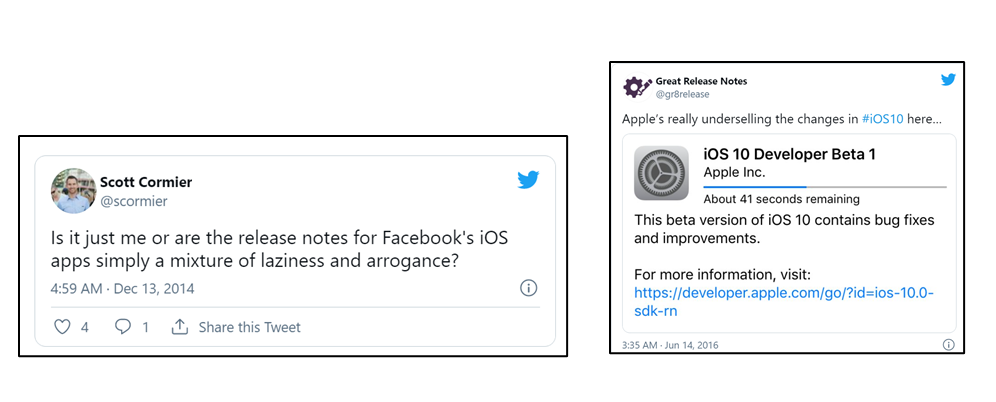
Apart from setting the customer expectations and building customer relationships, release notes also play an essential role in being the single source of truth. Among all the endless push notifications from multiple applications, it is hard to distinguish the right information from the fraudulent ones. Release notes guide the customer through all this chaos. By being the one-to-many communication tool, release notes give regular updates to “all” of your customers with specific information on what has changed with the product, when, and why.
Steps for Writing Release Notes
Technical writers usually write release notes in consultation with developers, testers, product managers, and other stakeholders. Every company will have a specific structure when it comes to release notes. Nonetheless, there are some basic steps that you must follow or common elements that you should incorporate while preparing release notes. Here are they –
- Add a title: A release note must contain the title of the new release. It can be the version number, or you can even give a short, catchy name to your update.

- Product details: These details are vital as the user needs to clearly understand which product is getting updated in the new release.

- Add the date: Inform the general public about when the new version was made available. Make sure to give out information on any beta versions that are due to come out and who will be eligible for beta testing.

- Details about new features: This is the most critical section of your release notes. It will have all the in-depth information about the new features added in this release. You can be creative or descriptive and add any suitable media to get the message across and excite the users.
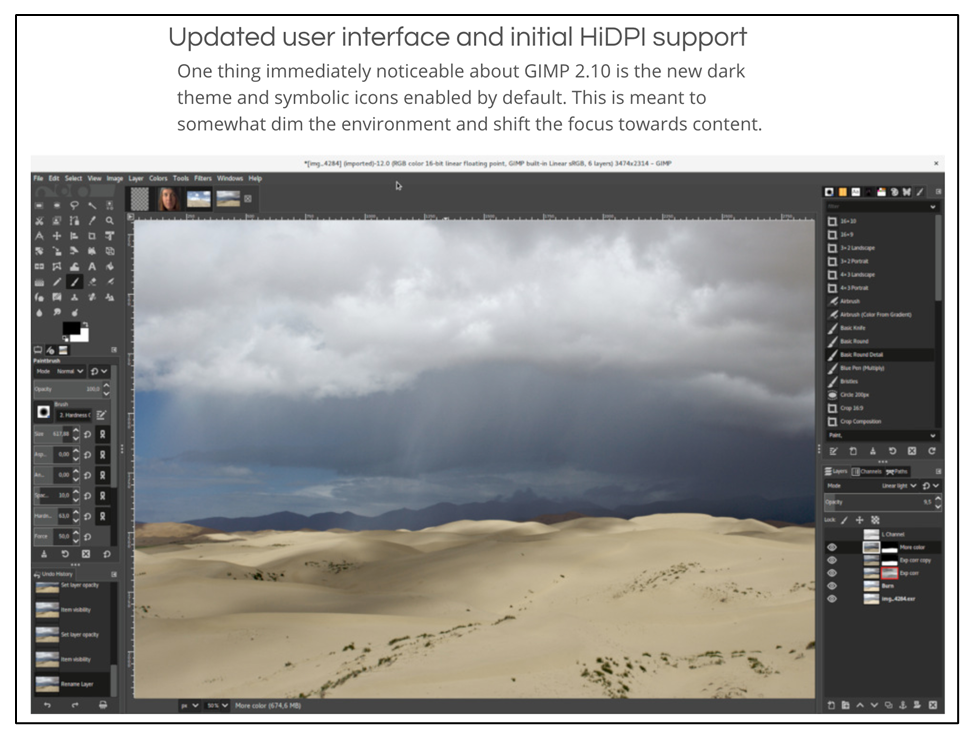
- Issues fixed: It is essential to mention the issues (bugs) fixed as well. The users might be curious to know if you heard their concerns and what you have done to address them. Explain the issue, the problems they were creating, and the resolution to those problems. All these will pique the users’ interest.
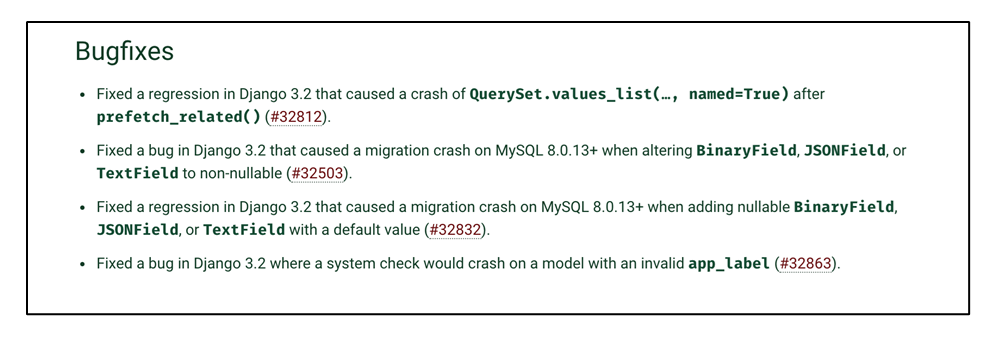
- Changes made: If there are any enhancements or modifications from the earlier version, the users should know about them. This section aims to capture the users’ attention by making them feel like they are missing out on something, thereby giving them an incentive to update to the latest version.
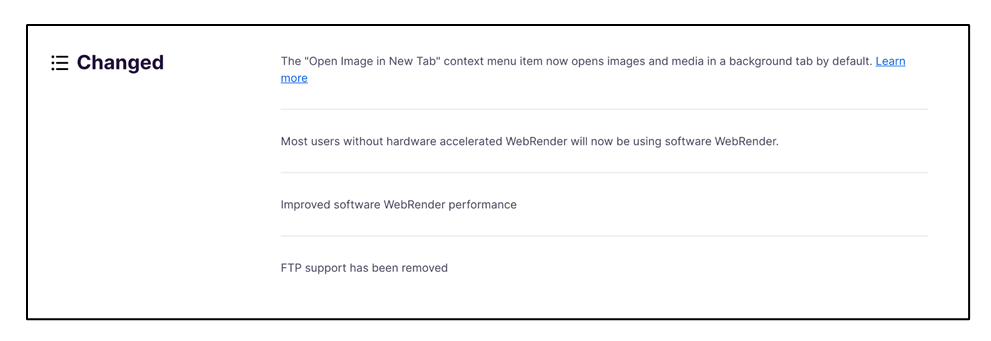
- Additional resources: This is the “how-to” section of your release notes. They can include any additional information like resource manuals or training videos to validate the new features and improvements. If you are dealing with a massive volume of technical instructions or details, it is advisable to use this section to convey it.
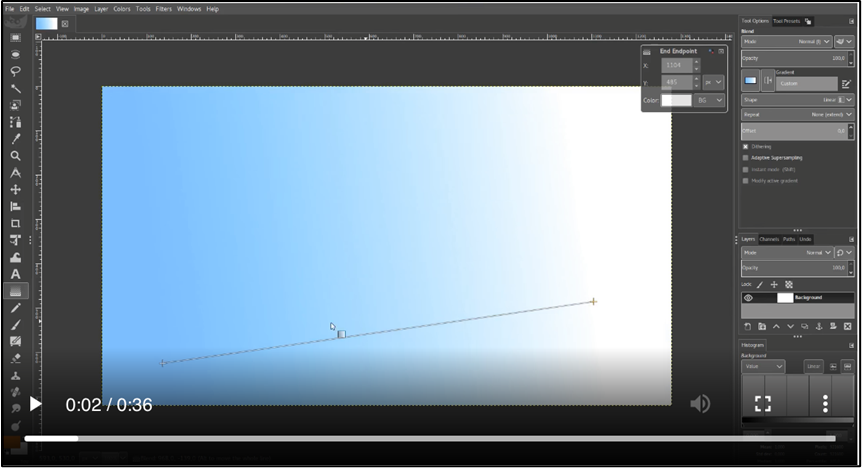
Best Practices for Great Release Notes
Ironically, there are no official guidelines defining how the perfect release notes should look. And, there are only some general principles that give us only the gist of things. So how do you take it to the next level?
Let’s look at some of the best practices for writing great release notes:
Use plain, everyday language
Yes, you heard it right; best release notes come in plain, understandable language. Imagine you are a product user with no knowledge about the software development side of things. What would you understand if you see the word “deprecation” in the release notes?
You might be familiar with technical terms, but you should not expect the same from the users. While writing release notes, you should always think from the user’s perspective and avoid terms that will confuse them.

- Slack always comes up with impeccable release notes that are easy to understand, and more importantly, free from complex terminologies.Keep them short and channel the user’s attentionThe old-school, long-form marketing language is on the brink of extinction. Simplicity is the new mantra, and customers like concise, easy-to-consume release notes. The trick here is to make sure your release notes have enough substance to attract the users. Tap into the users’ curiosity with punchy catchphrases and a unique presentation. You can always opt for additional links, videos, gifs, and images instead of including vast chunks of information on the release notes.

- release notes are witty and informative at the same time. With a friendly tone and crisp content, they establish a positive connection with the users.Group the release notes logicallyThe main aim behind creating release notes is to outline the product improvements and user benefits clearly. Grouping them into different sections will help the user find what they are looking for.Irrespective of the structure and tone that you might choose for your release notes, some of the common sections that need to be present are – Fixes, Improvements, New Features, etc.

Missive’s release notes are effectively grouped, making it easier for users to read and understand them.
Resonate with the brand persona
Your release notes should align with the brand personality. By injecting the brand’s tone and voice into the release notes, you will be able to boost brand awareness and exposure.
Brand building is all about leveraging even the smallest opportunities in front of you. Remember, great release notes reach a broader audience, thereby providing even more room for your brand to shine.

As a platform that inspires creativity and dynamic thinking, Medium’s release notes are a true embodiment of their brand.
The value proposition
At the end of the day, release notes should be customer-oriented and not product-oriented, as it is the customer who is reaping the benefits. And as far as the customers are concerned, they are only interested in what’s in it for them. They don’t necessarily care about the details of the update or improved features.
When writing release notes, one of the most straightforward techniques to get your customer hooked on is to lead with the core value and then move on to the supplementary elements. You can always reach out to your marketing and sales team for inputs as they are familiar with offering and delivering value propositions.
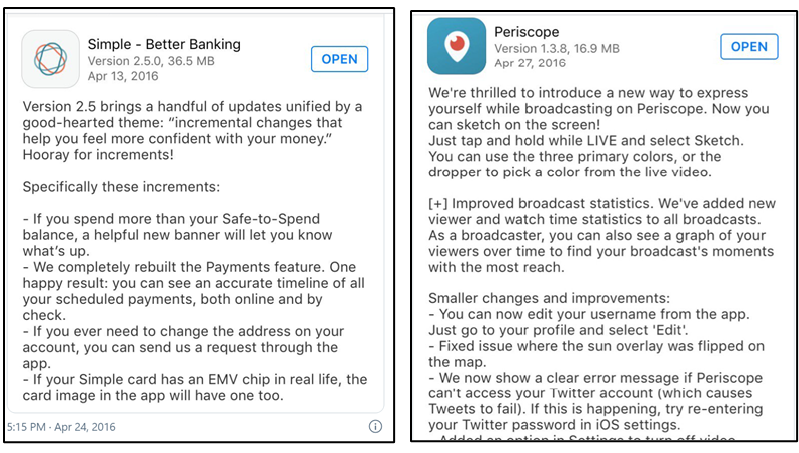
As you can see, these release notes are perfect examples of focusing on the value to the customers.
Revisit the basics
Are you still with us? Great! It means that you have caught on to the idea – Release notes are an essential communication tool in the product delivery cycle.
Apart from the above points, there are some basics that you must cover while writing release notes:
- Segmenting: Make your updates relevant and specific to impacted users by segmenting.
- Release note templates: Using templates will ensure consistency and will contain all the necessary information.
- Additional relevant context: Think from the users’ perspective and anticipate their next move.
- Implement a changelog: Keep all your updates in one central place or a changelog so that the user can always find them easily.
Release notes are incredibly subjective. It means there are no constraints in its form; all that matters is the essence. This formless nature makes writing them extremely tricky, and some organizations are even guilty of overdoing it. While being too creative or funny, release notes can turn out to be wordy, and the main message might get buried in all the content.

Tumblr went way overboard when it decided to present release notes in the form of a 471-word fan fiction story. Though they were unique and amusing, these release notes were not informative and failed in explaining what version 4.3.1 actually represented as far as a user is concerned.
Flawless release notes strike the perfect balance between creativity and clarity. It’s relatively simple, and four fundamental questions form the crux of your release notes. They are:
- What has changed?
- Why was it changed?
- How does it impact the user?
- What should the user do differently because of it?
If your release notes answer these questions, they are good to go. The rest of it is up to you. You can decide upon the level of uniqueness, tone, language, and usage of additional media elements as per your knowledge and purpose.

